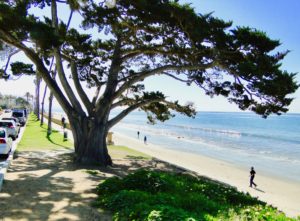In regards to average days on the market increasing in the southern Santa Barbara real estate market, by most accounts, the market continues to strengthen. However, there is one statistic that would indicate the market is beginning to resist price increases seen since the real estate bust of 2007/2008. This is the average day on the market for all listings.
Since the spring of 2015 through the spring of 2016 the average has steadily increased. The takeaway is that sellers may have to reassess what the market will be willing to pay for their home.
DAYS ON THE MARKET (DOM, alternatively active days on the market, market time, or time on the market) is a measurement of the age of a real estate listing. The statistic is defined as the total number of days the listing is on the active market before either an offer is accepted or the agreement between the real estate broker and seller ends.
Generally, properties with a large DOM value will command lower prices than properties with few DOM because a perception exists that the property may be overpriced or less desirable. DOM often factors into developing a pricing strategy. DOM can also be used as a “thermometer” to gauge the temperature of a housing market.
This value is not necessarily how long the house has been on the market due to intricacies within the multiple listing service (MLS) databases. Depending on the rules of the MLS that is being used, the number is reset if a seller switches to real estate agents. Sometimes there is also the arguably unethical practice of “withdrawing” the listing before it expires and adding the listing again to reset the DOM. As a result, when this statistic is used it is often lower than the true value.
However, savvy real estate agents (if the MLS allows) will research the property’s listing history and can tell more effectively how long the property has been on the market which in some MLS systems is referred to as Cumulative Days on the Market (CDM or CDOM).






